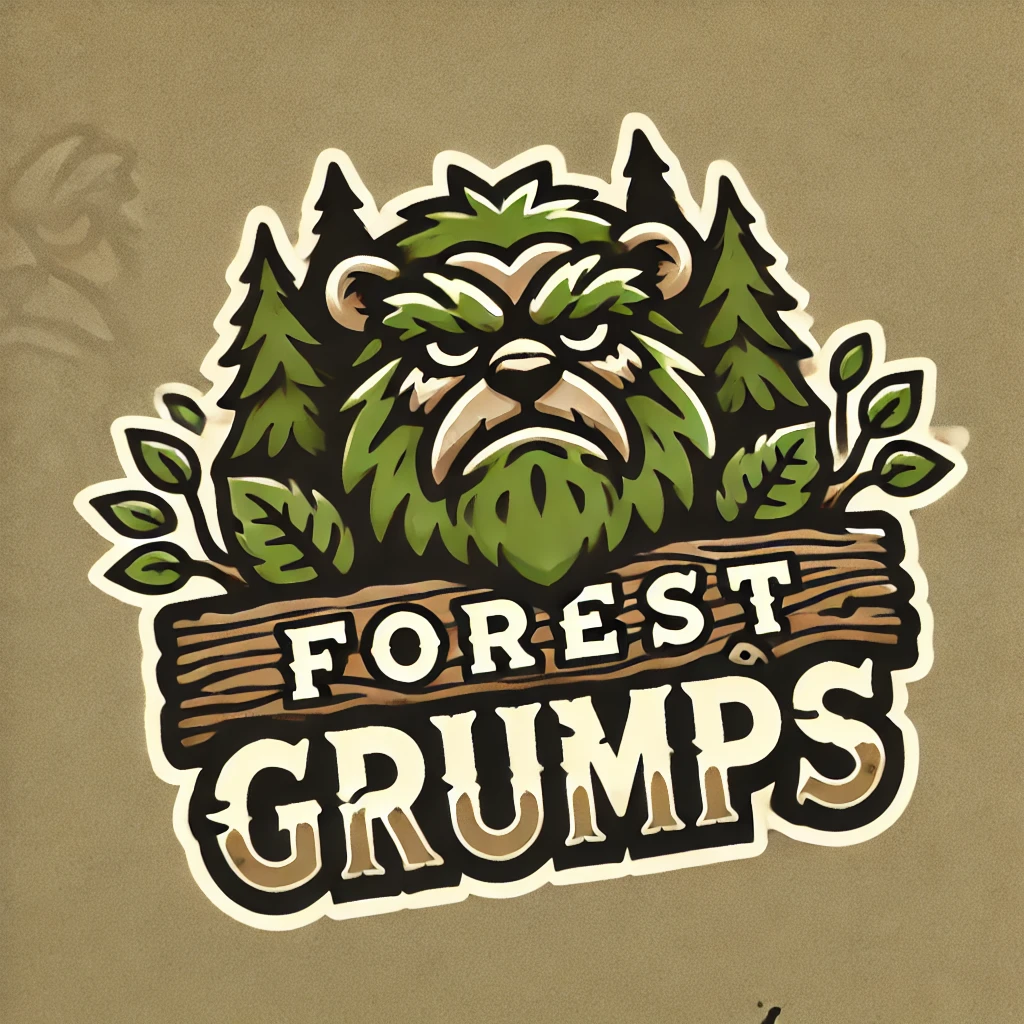You’ve got that gorgeous piece of wood, but it’s covered in years of grime, paint, or stain that needs to go. Stripping wood can be a daunting task, but a good ol’ mixture of TSP (Trisodium Phosphate) can be a lifesaver. I’ve been there, battling with stubborn layers, and TSP has always been my go-to for a clean, fresh surface ready for refinishing. Here’s how to make the right mixture and use it effectively:
The Right TSP Mixture for Stripping Wood
TSP is a powerful cleaner that can break down grease, grime, and even paint. For stripping wood, you’ll want a mixture that’s strong enough to do the job but not so strong that it damages the wood. Here’s how to mix it:
Step-by-Step TSP Mixture Guide
- Gather Your Materials:
- TSP (Trisodium Phosphate) powder
- Warm water
- A bucket
- Rubber gloves
- Safety goggles
- Scrub brush or sponge
- Drop cloth or plastic sheeting
- Prepare the TSP Mixture:
- Mix Ratio: For a standard mixture, use 1/2 cup of TSP per gallon of warm water. This concentration works well for removing dirt, grime, and old finishes.
- For tougher paint or stain removal, you can increase the strength to 1 cup of TSP per gallon of water. Be cautious with stronger concentrations as TSP is a heavy-duty cleaner and can be harsh on wood.
- Set Up the Work Area:
- Lay down a drop cloth or plastic sheeting to protect your floors or ground from drips.
- Ensure the area is well-ventilated; TSP can release fumes that are unpleasant and potentially harmful.
- Apply the TSP Solution:
- Wear rubber gloves and safety goggles. TSP can cause skin irritation and harm your eyes.
- Dip a scrub brush or sponge into the TSP solution and apply it to the wood surface in sections.
- Let it sit for about 10-15 minutes to allow the TSP to penetrate and break down the grime or finish.
- Scrub and Rinse:
- Scrub the surface with your brush or sponge, applying moderate pressure to lift off the loosened paint, stain, or grime.
- Rinse the wood thoroughly with clean water to remove any TSP residue. You may need to rinse a couple of times to ensure all residue is gone.
- Neutralize the Wood Surface:
- After stripping, it’s essential to neutralize the surface to prevent any TSP residue from interfering with future staining or painting. Use a mixture of 1 cup of white vinegar to 1 gallon of water and wipe down the wood.
- Dry and Inspect:
- Allow the wood to dry completely. Once dry, inspect for any remaining finish or paint. If needed, repeat the process.
Tips for Effective Stripping with TSP
- Test in a Small Area First: Always test your TSP mixture on a small, inconspicuous part of the wood to see how it reacts.
- Protect Yourself and Surroundings: TSP is effective but strong. Protect your skin, eyes, and surrounding areas.
- Work in Small Sections: This ensures you don’t allow the TSP to dry on the wood, which can leave a residue.
- Rinse Thoroughly: Any leftover TSP can affect the adhesion of paint or stain later.
When NOT to Use TSP
While TSP is a fantastic cleaner, it’s not always the best choice:
- For Delicate Wood: TSP can be too harsh on delicate or antique wood.
- If You Want a Stain-Ready Surface Immediately: TSP requires thorough rinsing and neutralizing, and if any residue remains, it can prevent stains from penetrating evenly.
Alternatives to TSP
If TSP sounds a bit intense for your project, here are some alternatives:
- Citrus-Based Paint Strippers: Less toxic and more user-friendly but may require more elbow grease.
- Sanding: Sometimes, old-fashioned sanding with a fine-grit paper is the safest bet for delicate woods.
Conclusion
Stripping wood with TSP can transform an old, tired piece into something fresh and ready for a new life. The key is getting the mixture just right and taking the proper safety precautions. With the steps and tips above, you’ll have that wood stripped down to its natural beauty in no time!
